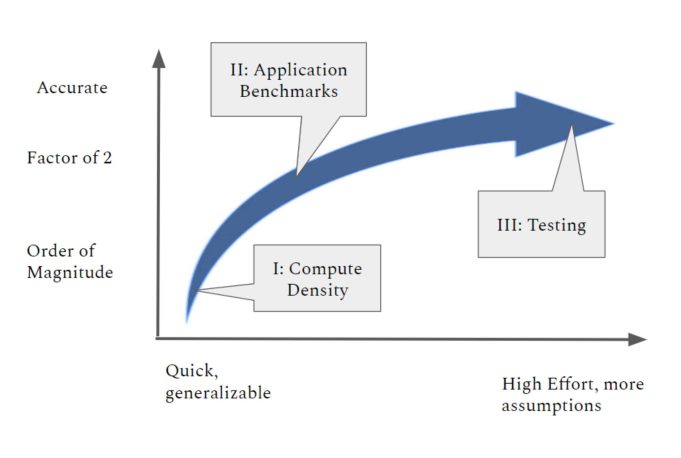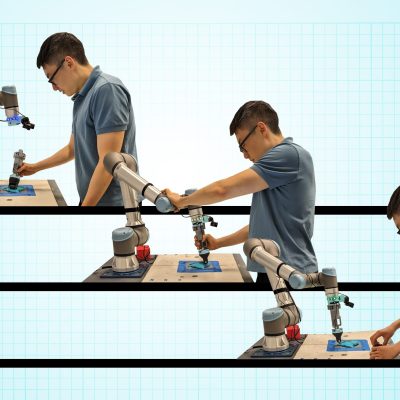
Selecting space processors for high order wavefront control adaptive optics systems
Future space telescopes are poised to actively address deformations in their large mirrors to enhance the search. These deformations evolve over time, prompting the development of control algorithms capable of detecting and rectifying them in real-time during scientific observations. However, conventional space computers lack the processing power needed for these algorithms. STAR Lab is exploring alternative computing architectures capable of handling such demands while also ensuring reliability amidst the harsh radiation environment of space.
Authors: Nicholas Belsten, Kian Milani, Leonid Pogorelyuk, Brandon Eickert, Shanti Rao, Ewan S. Douglas, Kerri Cahoy
Citation: Proc. SPIE 12680, Techniques and Instrumentation for Detection of Exoplanets XI, 126801N, October 5, 2023
Abstract: Future space telescopes such as the Habitable Worlds Observatory (HWO) will use coronagraphs and wavefront control to achieve the approximate 1010 starlight suppression necessary to directly image Earth-like exoplanets. Wavefront control algorithms such as Electric Field Conjugation (EFC) will control thousands of actuators at cadences of seconds or minutes. EFC uses a Jacobian matrix which maps Deformable Mirror (DM) voltages to the change in electric field at the image plane. The Jacobian matrix grows in size with the number of pixels, DM actuators, and spectral channels. EFC on proposed future telescopes like HabEx and LUVOIR will require as much as 25 GFLOPS (floating point operations per second). This level of compute density has never been achieved on radiation-hardened processors that are used on NASA Class-A missions such as the Roman Space Telescope. Previous work has focused on estimating the Compute Density (CD) of processors using assumptions about memory access characteristics and the parallelizability of algorithm implementation. Such analysis produces large uncertainty due to the assumptions necessary to compute CD. To refine the estimates of EFC compute capability of current generation processors, we determine the FLOPS performance of processors using benchmark tests which represent the operations mix and memory access patterns of EFC. The expected EFC iteration computation period on future space telescopes based on application benchmarks is reported. We have created a ray tracing optical model for the telescope assembly as well as a physical optics model for the telescope and coronagraph for the purposes of testing HOWFC algorithms. This testing can be applied to CPUs and FPGAs, representing a range of potential compute architectures.

